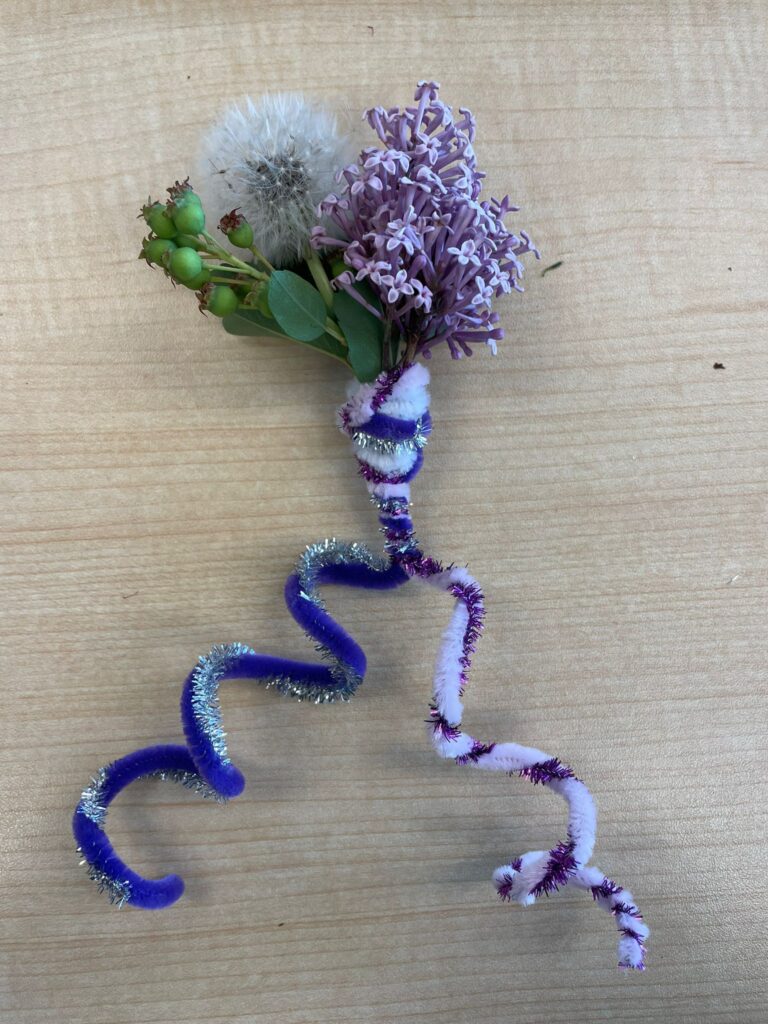The basis of any classroom I enter is founded on the ideals of Equity and Safety, which I believe are essential for forming a diverse and inclusive classroom where students have a sense of belonging and connection.
Beyond the class environment, every lesson and unit I create is constructed around Connection, Relation, and Autonomy to ensure we bring forward the best in every student, and through them, the best in our society’s future.
Equity
Every student deserves understanding, access, and a space where their needs are met with care.
Safety
The classroom is a place where students should feel safe to return, try, and belong—no matter what.
Connection
Building meaningful connections with teachers and community ensure students feel seen, heard, and valued.
Relation
Relating knowledge to place and experience sparks curiosity and makes learning real and applicable.
Autonomy
Student choice honours voice and builds self-efficacy, confidence, and skills essential for lifelong learning.
Indigenisation and Decolonisation: Hands Back… Hands Forward
The late Dr. Vincent Stogan, Tsimilano, an Elder from Musqueam, taught that Hands Back … Hands Forward guides us to reach back and learn from those that have gone before us, and then reach forward to pass on the teachings to those that are coming after us. This leads my understanding of what it means to be a teacher.
Colonists impose their world views and ways of knowing as the sole perspective needed and used in our education system and therefore society. This involves the devaluation and dismissal of Indigenous perspectives and knowledge, erasure of their history and practices, and silencing of their voices and opinions. Over Canada’s history, this has compounded into a narrative that Indigenous knowledge and practices are innately lesser, incorrect or useless in the academic dialogue. I use the present tense as this is a continuing issue today, and we as educators must make conscious and continuous efforts to decolonise our education system. I focus on decolonisation through emphasising and centering Indigenous content, pedagogy, and perspectives.
Indigenizing my teaching begins with building authentic relationships with local communities and embedding place-based learning at the forefront of my practices. Through these relationships, I intentionally centre Indigenous knowledge systems—such as Traditional Ecological Knowledge (TEK) and Indigenous Storywork (ISW)—within my curriculum to ensure holistic, connected understandings of content. Guided by Jo-ann Archibald’s 4Rs—respect, reverence, responsibility, and reciprocity—I approach Indigenous stories and teachings with care and integrity. This practice supports all students through inclusive, relational pedagogy. By restoring mirrors for Indigenous learners, offering windows for others, and creating sliding glass doors for all, I work to foster belonging, identity, and well-being in the classroom.
I am nowhere near done with my educational journey towards Indigenisation and Decolonisation, but I continue to work, learn, and grow through professional development and relationship building. Currently, I am pursuing growth through the course Reconciliation through Indigenous Education.
Connections Bloom Learning: A visual representation

The pipe cleaner swirls represent the students and the teacher, with the sparkly pipe cleaners representing the interests and passions each group finds in learning. The pipe cleaners are curled to represent the non-linear journey we all take in our learning to reach a learning goal. The pipe cleaners combine in the centre to represent the connection and joint interest that occurs in the classroom and sprouts into different plants (berries, flowers, dandelion fluff) that represent how the interest and learning that occurs in our classes lead to individual experiences and outcomes depending on how a student perceives and takes that learning in. The overall meaning of the piece is that it takes both the energy, effort and interest of students and teachers to build something lively and beautiful, and that the same experiences in a class can produce different outcomes.
“By instructing students how to learn, unlearn and relearn, a powerful new dimension can be added to education … ‘Tomorrows illiterate will not be the man who can’t read; he will be the man who has not learned how to learn.'”
Toffler, A. (1970). Future Shock (p. 211; 266). Random House.
Internal quote attributed to H. Gerjuoy during an interview with Toffler.
This quote underscores the superficial basis that learning is mastering what is taught to you. It explores how learning in its truest sense is the ability to go past mastering, and being able to morph, build, and seek more from it. To me, this quote is stating that the purpose of educating is to teach students higher-level skills (think Bloom’s Taxonomy), something deeper and more tangible than memorisation and staying within our scopes. We see it consistently with the incorporation of alternative ways of knowing and giving value and space for TEK and should continue to understand that creating the space and tools within ourselves, to be open to the perspective, experience and understanding of others, and being able to utilize that to broaden yourself, is the truth of learning. Education is deeper than simply learning new things, it is being able to unlearn and relearn, to be uncomfortable and still thrive. I implement this in my classroom by structuring units and preferably courses in their entirety with the idea of a holistic perspective, horizontal connections and cross-curricular connections at the forefront of our understanding. The basis of a topic is covered as a class, but students are expected to “show their learning” through the creation of a chosen application of this basic knowledge, not their recall of said knowledge word-for-word.
I respectfully acknowledge that I live and work on the unceded territory of the Lək̓ʷəŋən Peoples, including the Songhees Nation, Esquimalt First Nations, and the W̱SÁNEĆ peoples. I recognise that their historical relationship with the land continues to this day and am deeply grateful for the opportunity to live, teach, and learn on these lands. I am continually learning about their cultures, traditions, and histories and will make a conscious effort to embed meaningful connections between the First People’s Principles of Learning and local knowledge into my classes and pedagogy.